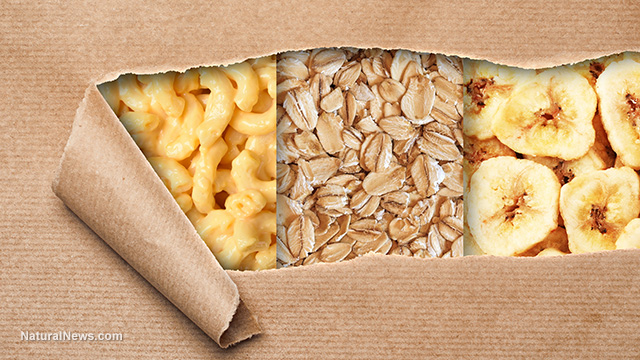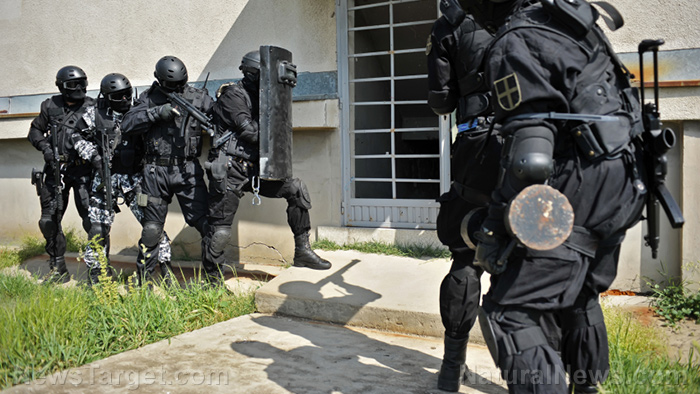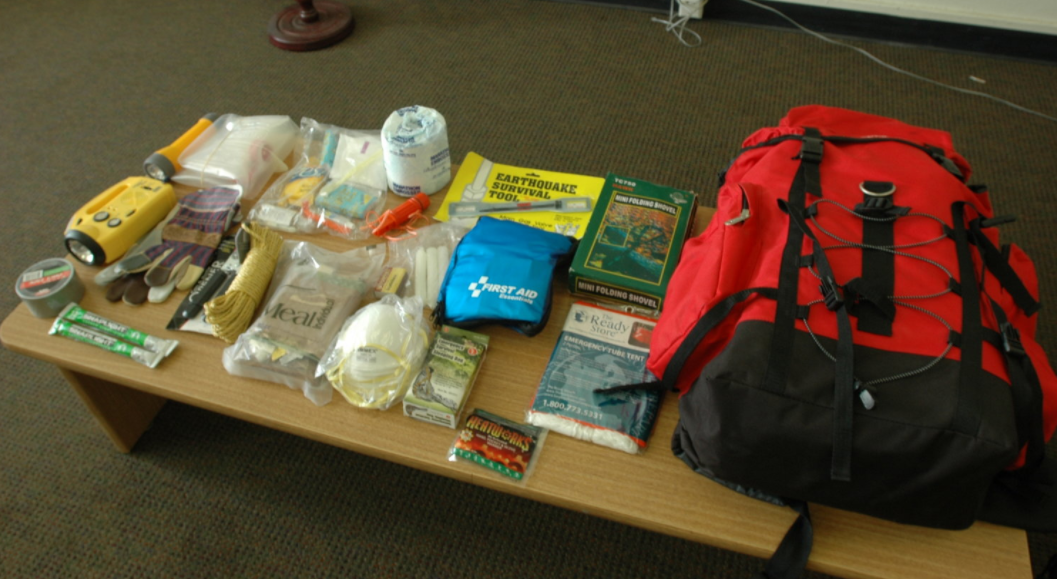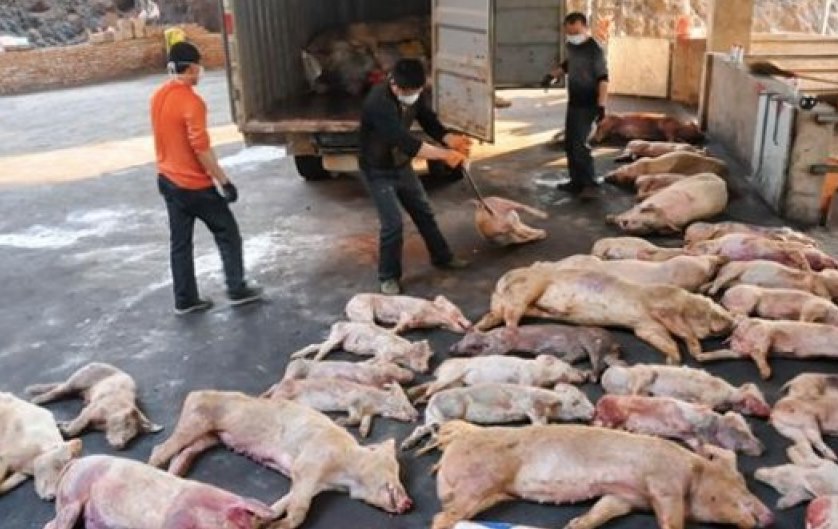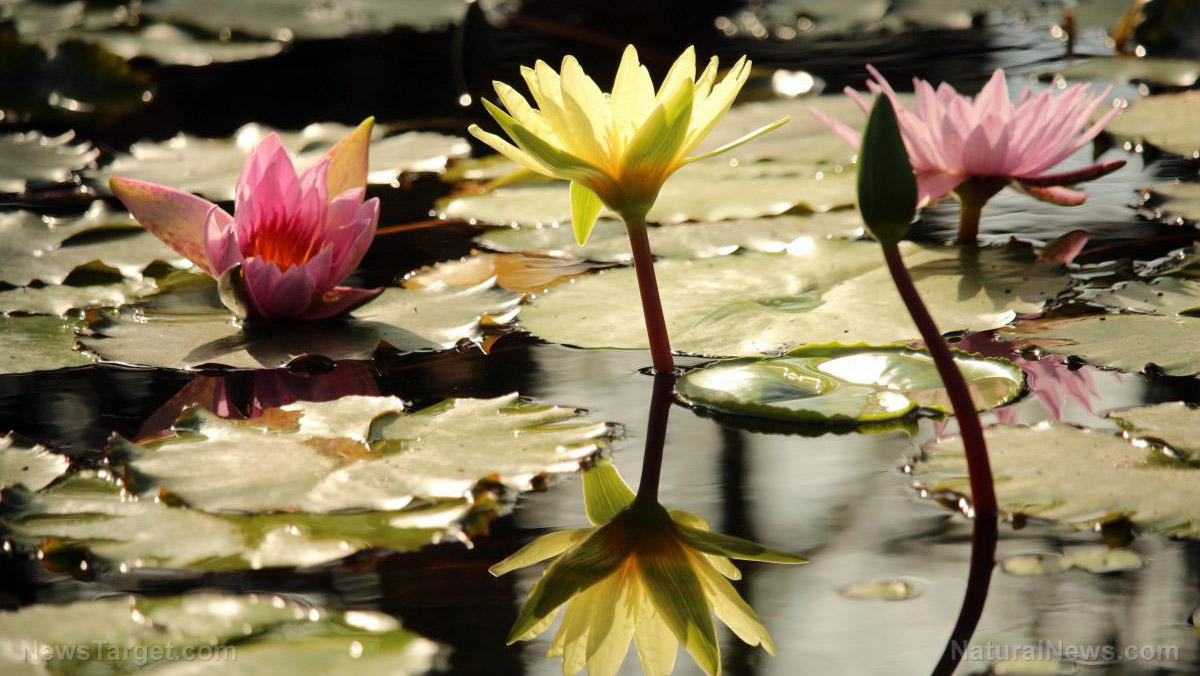The best containers for seed saving, starting plants, and planting
03/23/2019 / By Rhonda Johansson

There is a wonder to gardening that is incomparable. Indeed, only a few things can give the joy that people who plant experience — a bliss which Wordsworth once described as having his “heart with pleasure” filled. If you’ve been gardening for some time now, you’ve probably had to store seeds in different types of containers. For the most part, any airtight container made of glass, plastic, or metal will suffice as an adequate storage container. However, while there are many different types of containers that can hold your seeds safely, there are certain factors that you should consider depending on your goal for the seeds.
Holding your seeds for saving
If you’re intending to find a container to hold your seeds for saving, try to look for one that is extremely airtight. You would need to set your container in a dark, cool area. Look for a space that is not vulnerable to weather or temperature changes.
It is also important that you make sure that your seeds are dry before you place them in your storage container. There are many ways to achieve this, but the simplest one is to dry seeds in open air. Once the seeds have been harvested, spread them out on a coffee filter or wax paper laid flat in a dry, cool room. Let the seeds rest for a week to 10 days before gently stirring them with your finger. Allow the seeds to dry for another two to three weeks.
Our recommendations for storage containers that will hold your seeds for saving are: vitamin bottles, glass jars, Tupperware containers, and Ziploc bags.
Take note that most seeds have a shelf-life, even when stored correctly.
- Short shelf life (two years max) — Peppers, parsley, okra, onions, sweet corn, and parsnips
- Average shelf life (up to four years) — Watermelons, pumpkins, tomatoes, spinach, peas, and anything in the cabbage family
- Long shelf life (a maximum of six years) — Cucumber, lettuce, and radish
Holding your seeds for starting plants
The containers that you can use for this purpose are varied, and depend on your budget and imagination. The only set requirement for these containers is that they need to be at least two inches deep and can provide good drainage.
Here are some recommendations:
- Biodegradable pots
- Cottage cheese containers
- Empty butter tubs
- Foil pans
- Landscaping cloth bags
- Yogurt containers
Holding your seeds for planting
Once you have your seeds started, you are ready to plant. Ideally, you should have your own small piece of land that you can place your seeds in. Nevertheless, if planting your seeds into the ground is not feasible, there are containers that you can use. We recommend container gardening for anyone who may be in a temporary living arrangement or has very small living space. Planting this way gives you the ability to have your own garden that is semi-portable. (Related: Container Vegetable Garden: 3 Best Food Grade Container Choices.)
Here are our recommendations:
- 5-gallon buckets
- Clay pots
- Laundry baskets
- Raised beds
- Window planters
When choosing a container to hold your seeds for planting, always consider the plant quantity, the initial container cost, the size of the plants you want to plant, and whether you want your container to be reusable.
You also need to take into account drainage holes. Without drainage, soil will become waterlogged and your plants may die.
To read more how-to gardening guides like this one, go to OrganicFarming.news.
Sources include:
Tagged Under: containers, food freedom, food independence, green living, home gardening, homesteading, organics, Planting, prepper, prepping, saving seeds, starvation, storing seeds, sustainable living


